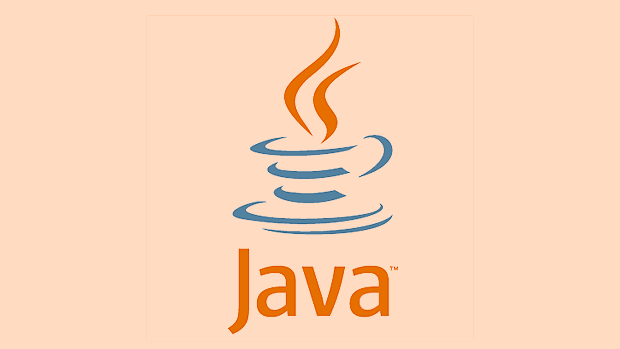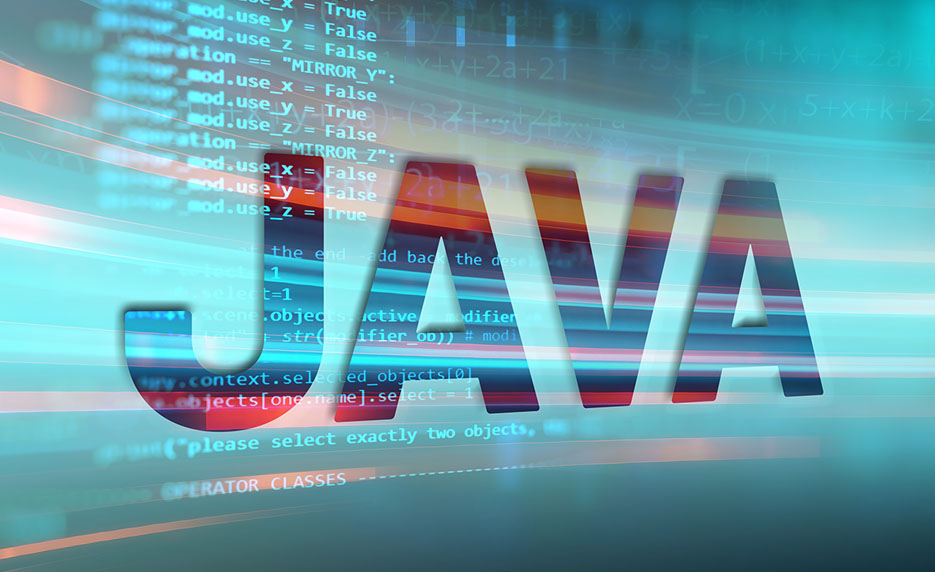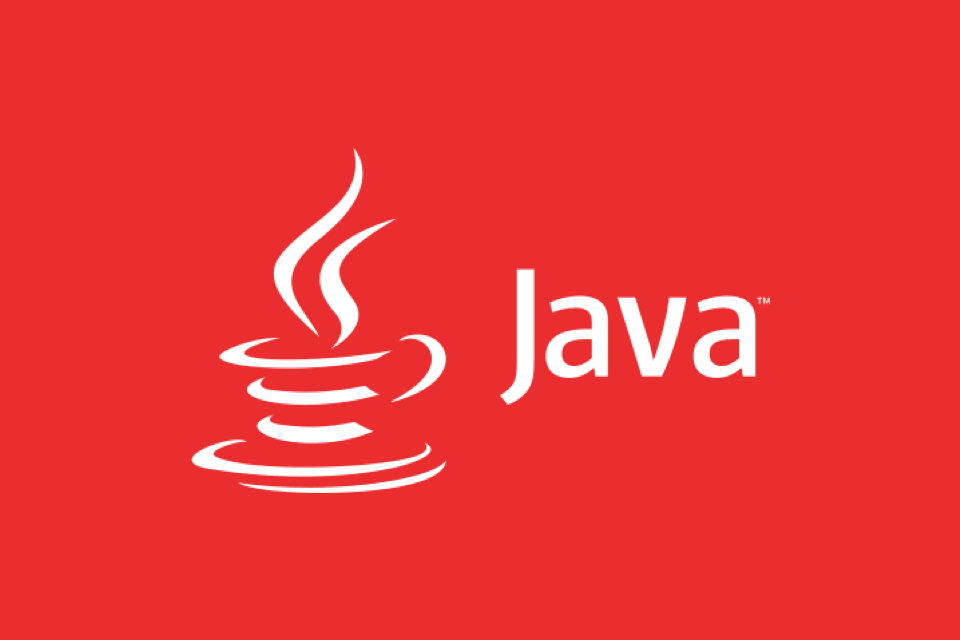Dockerizing a Java application ensures consistency, portability, isolation, and cloud readiness. 1. Prepare a standalone JAR using Maven or Gradle. 2. Create a multi-stage Dockerfile using slim or distroless images, copy the JAR, set a non-root user, expose port 8080, and define the entrypoint. 3. Secure the image by avoiding root, pinning versions, and setting JVM limits like -Xmx512m and -XX: UseContainerSupport. 4. Build and test locally with docker build and docker run. 5. Push to a container registry such as Docker Hub or AWS ECR after tagging. 6. Deploy to Kubernetes via Deployment and Service YAMLs or use managed services like Cloud Run or ECS. 7. Automate with CI/CD using GitHub Actions or similar, building on push and deploying after tests. Final tips include monitoring resources, streaming logs, implementing health checks, and externalizing configurations via environment variables, resulting in a secure, efficient, and production-ready cloud-deployed Java application.

Dockerizing a Java application for cloud deployment is a common and effective way to ensure consistency across environments, simplify scaling, and streamline CI/CD pipelines. Here’s how to do it right — from setup to deployment considerations.

? Why Dockerize a Java App?
Before diving in, it helps to understand the benefits:
- Consistency: Same environment from dev to production.
- Portability: Run anywhere Docker runs — local machines, VMs, Kubernetes clusters.
- Isolation: Dependencies are contained; no "it works on my machine" issues.
- Cloud-ready: Major cloud providers (AWS, GCP, Azure) support containerized apps natively.
?? Step 1: Prepare Your Java Application
Make sure your app can be built into a standalone JAR (preferably fat JAR with embedded server like Spring Boot).

For example, if using Maven:
mvn clean package
This generates a JAR file like target/myapp-0.0.1.jar.

Ensure the JAR includes all dependencies and has a proper Main-Class entry in its manifest.
? Step 2: Write a Dockerfile
Create a Dockerfile in your project root:
# Use a slim OpenJDK base image (prefer multi-stage or distroless for production) FROM openjdk:17-jdk-slim AS builder # Set working directory WORKDIR /app # Copy Maven files first (for better layer caching) COPY pom.xml . COPY src ./src # Build the JAR RUN mvn clean package -DskipTests # Second stage: lightweight runtime image FROM openjdk:17-jre-slim WORKDIR /app # Copy JAR from builder stage COPY --from=builder /app/target/*.jar app.jar # Optional: create non-root user for security RUN addgroup --system javauser && adduser --system javauser --ingroup javauser USER javauser # Expose port (e.g., 8080 for Spring Boot) EXPOSE 8080 # Run the app ENTRYPOINT ["java", "-jar", "app.jar"]
? Tips:
- Use multi-stage builds to reduce final image size.
- Prefer
-jreover-jdkin the runtime stage unless you need tools likejavac. - Avoid
latesttags; pin versions for reproducibility.
? Step 3: Secure & Optimize the Image
Security and efficiency matter in the cloud:
Use distroless images (Google's distroless) for minimal attack surface:
FROM gcr.io/distroless/java17-debian11 COPY --from=builder /app/target/app.jar /app.jar ENTRYPOINT ["java", "-jar", "/app.jar"]
Set JVM memory limits appropriate for containers:
ENTRYPOINT ["java", "-Xmx512m", "-XX: UseContainerSupport", "-jar", "app.jar"]
Don’t run as root (
USER javauseras shown above).
? Step 4: Build and Test Locally
Build the image:
docker build -t my-java-app:1.0 .
Run it:
docker run -p 8080:8080 my-java-app:1.0
Test endpoints:
curl http://localhost:8080/health
Check logs, performance, and shutdown behavior.
?? Step 5: Push to Container Registry
To deploy in the cloud, push your image to a registry.
Examples:
- Docker Hub
- Amazon ECR
- Google GCR / Artifact Registry
- Azure Container Registry
Example for Docker Hub:
docker tag my-java-app:1.0 your-dockerhub-username/my-java-app:1.0 docker push your-dockerhub-username/my-java-app:1.0
For AWS ECR, authenticate first:
aws ecr get-login-password | docker login --username AWS --password-stdin <account>.dkr.ecr.<region>.amazonaws.com
Then tag and push accordingly.
? Step 6: Deploy to Cloud Platform
Choose your deployment target:
Option A: Kubernetes (EKS, GKE, AKS)
Use a Deployment and Service YAML:
apiVersion: apps/v1
kind: Deployment
metadata:
name: java-app
spec:
replicas: 2
selector:
matchLabels:
app: java-app
template:
metadata:
labels:
app: java-app
spec:
containers:
- name: java-app
image: your-registry/my-java-app:1.0
ports:
- containerPort: 8080
resources:
limits:
memory: "768Mi"
cpu: "500m"
---
apiVersion: v1
kind: Service
metadata:
name: java-app-service
spec:
type: LoadBalancer
selector:
app: java-app
ports:
- protocol: TCP
port: 80
targetPort: 8080Apply with:
kubectl apply -f deployment.yaml
Option B: Managed Services (e.g., AWS ECS, Google Cloud Run)
For Cloud Run, one command deploys directly from Docker image:
gcloud run deploy my-java-service \ --image gcr.io/my-project/my-java-app:1.0 \ --platform managed \ --region us-central1 \ --allow-unauthenticated
Similarly, ECS uses task definitions referencing your ECR image.
? Automate with CI/CD
Integrate into GitHub Actions, GitLab CI, or Jenkins:
Example GitHub Action snippet:
name: Build and Deploy
on: [push]
jobs:
build:
runs-on: ubuntu-latest
steps:
- uses: actions/checkout@v3
- name: Set up JDK 17
uses: actions/setup-java@v3
with:
java-version: '17'
distribution: 'temurin'
- name: Build with Maven
run: mvn clean package -DskipTests
- name: Build Docker image
run: docker build -t myapp:${{ github.sha }} .
- name: Push to Docker Hub
run: |
echo ${{ secrets.DOCKER_PASSWORD }} | docker login -u ${{ secrets.DOCKER_USERNAME }} --password-stdin
docker tag myapp:${{ github.sha }} ${{ secrets.DOCKER_USERNAME }}/myapp:${{ github.sha }}
docker push ${{ secrets.DOCKER_USERNAME }}/myapp:${{ github.sha }}Then trigger cloud deployment after push.
? Final Tips
- Monitor resource usage: Tune JVM heap based on container limits.
- Enable logging: Stream logs to cloud services (CloudWatch, Stackdriver).
-
Health checks: Use
/actuator/health(Spring Boot) in liveness/readiness probes. -
Environment variables: Externalize configs via
application.propertiesor env vars.
Basically, Dockerizing a Java app isn’t complex — but doing it securely and efficiently takes attention to detail. Once containerized, your app becomes a portable unit ready for modern cloud platforms.
The above is the detailed content of Dockerizing a Java Application for Cloud Deployment. For more information, please follow other related articles on the PHP Chinese website!

Hot AI Tools

Undress AI Tool
Undress images for free

Undresser.AI Undress
AI-powered app for creating realistic nude photos

AI Clothes Remover
Online AI tool for removing clothes from photos.

Clothoff.io
AI clothes remover

Video Face Swap
Swap faces in any video effortlessly with our completely free AI face swap tool!

Hot Article

Hot Tools

Notepad++7.3.1
Easy-to-use and free code editor

SublimeText3 Chinese version
Chinese version, very easy to use

Zend Studio 13.0.1
Powerful PHP integrated development environment

Dreamweaver CS6
Visual web development tools

SublimeText3 Mac version
God-level code editing software (SublimeText3)

Hot Topics
 A Developer's Guide to Maven for Java Project Management
Jul 30, 2025 am 02:41 AM
A Developer's Guide to Maven for Java Project Management
Jul 30, 2025 am 02:41 AM
Maven is a standard tool for Java project management and construction. The answer lies in the fact that it uses pom.xml to standardize project structure, dependency management, construction lifecycle automation and plug-in extensions; 1. Use pom.xml to define groupId, artifactId, version and dependencies; 2. Master core commands such as mvnclean, compile, test, package, install and deploy; 3. Use dependencyManagement and exclusions to manage dependency versions and conflicts; 4. Organize large applications through multi-module project structure and are managed uniformly by the parent POM; 5.
 How to use Java MessageDigest for hashing (MD5, SHA-256)?
Jul 30, 2025 am 02:58 AM
How to use Java MessageDigest for hashing (MD5, SHA-256)?
Jul 30, 2025 am 02:58 AM
To generate hash values using Java, it can be implemented through the MessageDigest class. 1. Get an instance of the specified algorithm, such as MD5 or SHA-256; 2. Call the .update() method to pass in the data to be encrypted; 3. Call the .digest() method to obtain a hash byte array; 4. Convert the byte array into a hexadecimal string for reading; for inputs such as large files, read in chunks and call .update() multiple times; it is recommended to use SHA-256 instead of MD5 or SHA-1 to ensure security.
 Building RESTful APIs in Java with Jakarta EE
Jul 30, 2025 am 03:05 AM
Building RESTful APIs in Java with Jakarta EE
Jul 30, 2025 am 03:05 AM
SetupaMaven/GradleprojectwithJAX-RSdependencieslikeJersey;2.CreateaRESTresourceusingannotationssuchas@Pathand@GET;3.ConfiguretheapplicationviaApplicationsubclassorweb.xml;4.AddJacksonforJSONbindingbyincludingjersey-media-json-jackson;5.DeploytoaJakar
 css dark mode toggle example
Jul 30, 2025 am 05:28 AM
css dark mode toggle example
Jul 30, 2025 am 05:28 AM
First, use JavaScript to obtain the user system preferences and locally stored theme settings, and initialize the page theme; 1. The HTML structure contains a button to trigger topic switching; 2. CSS uses: root to define bright theme variables, .dark-mode class defines dark theme variables, and applies these variables through var(); 3. JavaScript detects prefers-color-scheme and reads localStorage to determine the initial theme; 4. Switch the dark-mode class on the html element when clicking the button, and saves the current state to localStorage; 5. All color changes are accompanied by 0.3 seconds transition animation to enhance the user
 Developing a Blockchain Application in Java
Jul 30, 2025 am 12:43 AM
Developing a Blockchain Application in Java
Jul 30, 2025 am 12:43 AM
Understand the core components of blockchain, including blocks, hashs, chain structures, consensus mechanisms and immutability; 2. Create a Block class that contains data, timestamps, previous hash and Nonce, and implement SHA-256 hash calculation and proof of work mining; 3. Build a Blockchain class to manage block lists, initialize the Genesis block, add new blocks and verify the integrity of the chain; 4. Write the main test blockchain, add transaction data blocks in turn and output chain status; 5. Optional enhancement functions include transaction support, P2P network, digital signature, RESTAPI and data persistence; 6. You can use Java blockchain libraries such as HyperledgerFabric, Web3J or Corda for production-level opening
 How to convert an Array to a List in Java?
Jul 30, 2025 am 01:54 AM
How to convert an Array to a List in Java?
Jul 30, 2025 am 01:54 AM
Converting an array into a list in Java requires selecting methods based on the data type and requirements. ① Use Arrays.asList() to quickly convert an object array (such as String[]) into a fixed-size List, but elements cannot be added or deleted; ② If you need a mutable list, you can encapsulate the result of Arrays.asList() through the ArrayList constructor; ③ For basic type arrays (such as int[]), you need to use StreamAPI conversion, such as Arrays.stream().boxed().collect(Collectors.toList()); ④ Notes include avoiding null arrays, distinguishing basic types from object types, and explicitly returning columns
 python property decorator example
Jul 30, 2025 am 02:17 AM
python property decorator example
Jul 30, 2025 am 02:17 AM
@property decorator is used to convert methods into properties to implement the reading, setting and deletion control of properties. 1. Basic usage: define read-only attributes through @property, such as area calculated based on radius and accessed directly; 2. Advanced usage: use @name.setter and @name.deleter to implement attribute assignment verification and deletion operations; 3. Practical application: perform data verification in setters, such as BankAccount to ensure that the balance is not negative; 4. Naming specification: internal variables are prefixed, property method names are consistent with attributes, and unified access control is used to improve code security and maintainability.
 How to use Docker with VS Code?
Jul 30, 2025 am 02:29 AM
How to use Docker with VS Code?
Jul 30, 2025 am 02:29 AM
InstallDockerDesktop,VSCode,andtheofficialDockerextensionfromMicrosoft.2.CreateaDockerfileinyourprojectroot,suchasusingnode:18-alpineforNode.jsappswithproperCOPY,RUN,andCMDinstructions.3.UsetheDockerextensionpaneltobuildtheimage,thenrunitasacontainer






